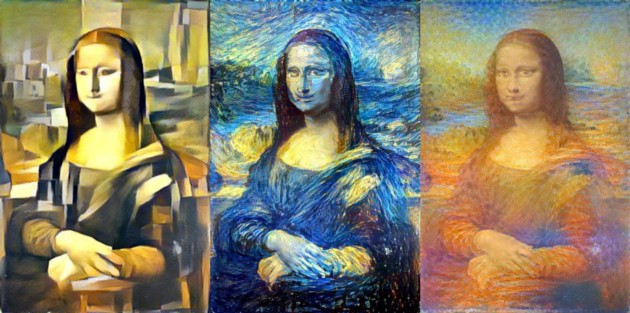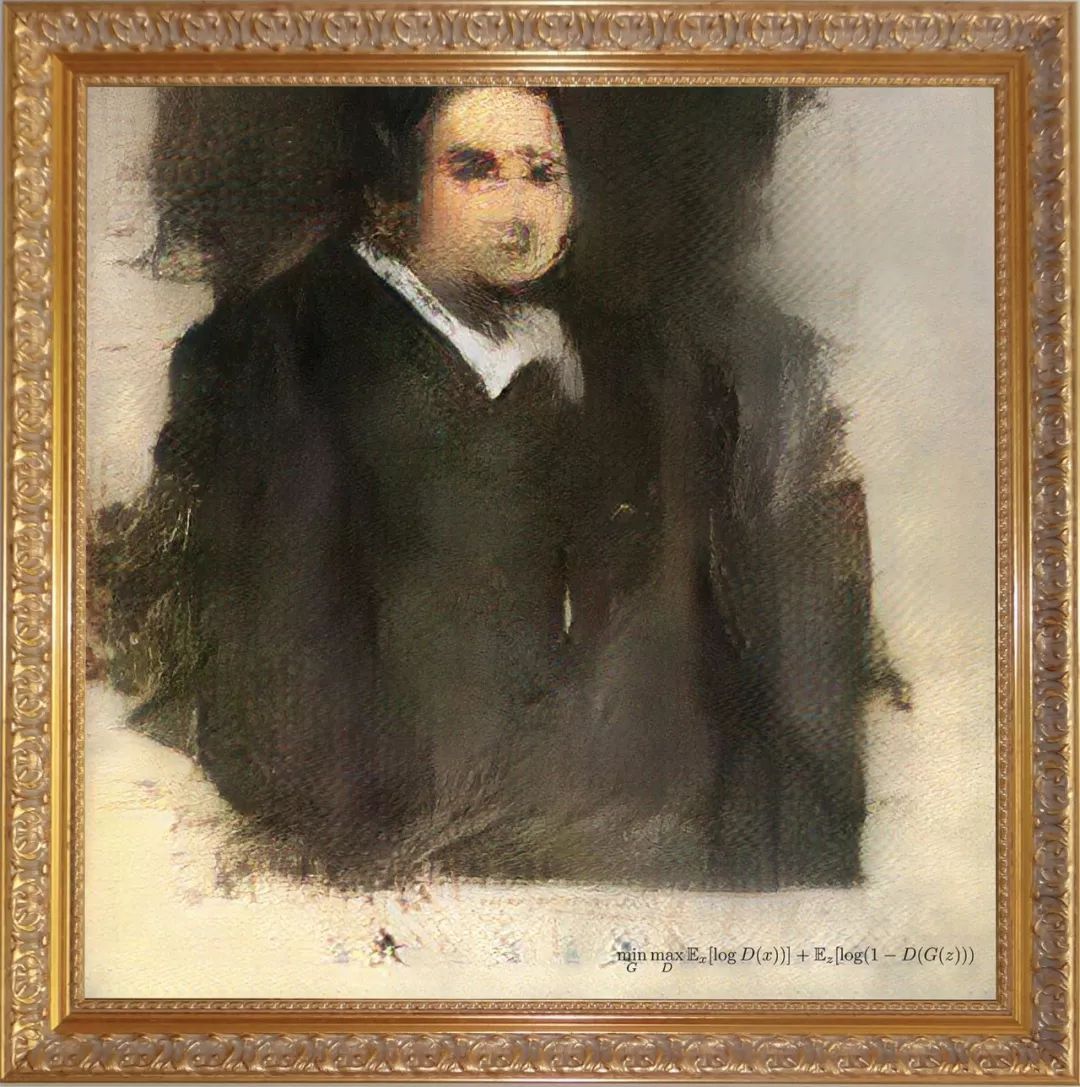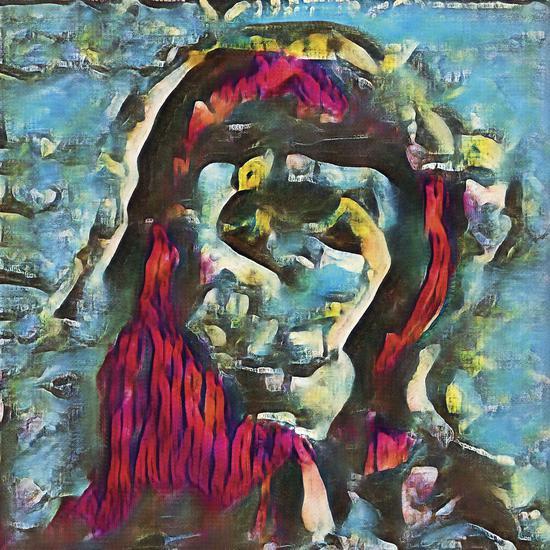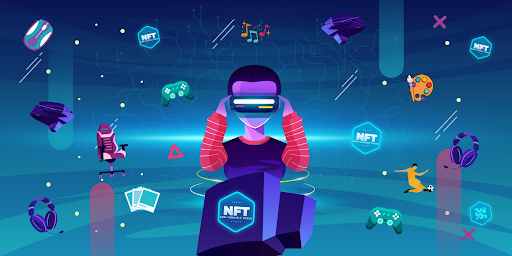AIRTIST—Matrix’s Great Venture into AI Art (1/4)
What is AI art?
In recent years, as a novel form of art, AI art has caught more and more mainstream attention. AI is short for artificial intelligence. If computer-generated imagery can be called digital art version 1.0, and art created by people on the Internet is version 2.0, then the emerging AI art may bring us into the third iteration of digital art. From 1.0 to 3.0, digital art is constantly upgrading and revolutionizing itself. As we have witnessed, CGI-based digital films, anime and online games are some of the most powerful driving forces of digital art. Internet art based on various interaction mechanisms are also gaining huge traction.
AI is the technology that makes machines capable of performing cognitive tasks as humans do. These include playing chess, image recognition, translating, searching for the best candidate among heaps of resumes, etc. We can extend this concept to art by having computers learn the techniques and styles of classical artists and create works that pass as from the same period in the eyes of art history scholars.
In fact, this is similar to the idea behind the famous Turing test. If artworks created by AI after training can pass as works from a certain historical period in the eyes of art history scholars, and these works are not simple modifications of their source data, then these AI artists have passed the “Turing AI Art Test”. All this sounds simple enough, so we can use it as our fundamental definition of AI art. Under this definition, AI art is any artworks considered legitimate classical or contemporary art by experts in the relevant academic fields.

In today’s world technologies are developing at a breakneck speed, and the definition and boundary of AI art are also changing and becoming clear. On the one hand, people are beginning to try using AI as a tool to assist humans in art creation. On the other hand, people are also using the latest technologies, such as generative adversarial networks to help AI understand art in order to enhance their mastery.
Portrait Of Edmond de Belamy: A Milestone of AI Art
In October 2019, Portrait Of Edmond de Belamy (2018) the first-ever AI artwork was sold for 350,000 USD after a heated six-minute auctioning, smashing previous estimations. This transaction was settled at 432,500 USD including commission, which was more than 43 times the estimated price.

Starting from this, more and more AI artworks have entered the global spotlight. In March 2019, Sotheby’s sold Mario Klingemann’s Memories of Passersby I for 51,012 USD. In the spring of 2018, HG Contemporary Art Center held the first gallery exhibition dedicated to AI artists in Chelsea, Manhattan. Among the exhibits was a work called Faceless Portraits Transcending Time, a collaborative work between AI and Ahmed Elgammal, professor of computer science at Rutgers.
Renowned art institutions and collectors alike are closely following this new form of art. Marisa Kayyem, director of Continuing Education at Christie’s Education, said: If we look at what is happening in the art world from a broader perspective, instead of just fixing our attention on sales, we will realize the things that are happening are powered by strong momentum and backed by large institutions. More and more collectors are getting used to AI art.
Many professionals in art-related industries still hold a degree of suspicion towards AI art, thinking that the word could be misleading or has too narrow a reference. Like other artists who are also programmers, Klingeman prefers to use the word generative art, which refers to all works created using algorithms. Klingeman’s works have been put on the auction block at Sotheby’s, while the origin of generative art can be traced to the late 1950s.
Jason Bailey, founder of Artnome, said: AI art is actually a word made up by media in the recent three to five years. He thinks that using this word will mislead people into thinking these are art created by machines. The majority of artists I know don’t like being called AI artists, he said, but like it or not, the word is quite commonly used.

Although Edmond de Belamy is the most well-known AI artwork, for people getting to know this art form for the first time, the work might be a bit distracting. Edmond de Belamy was created using generative adversarial networks (GANs), which was trained using a set of artworks to learn to create a similar style and use all the knowledge to create something new while retaining certain elements from the original images.
NFT and the Metaverse: New Opportunities for AI Art
2021 was the year NFT gained serious traction along with everything related to the Metaverse. Top-notch teams from all over the world have entered the scene, and the Metaverse also saw the very first influx of new users. Although the hype has died down a bit since then, this doesn’t change the fact NFT is getting increasingly accepted by the general public, especially with the setting up of infrastructure such as Opensea, Huahe, Jingtan, etc. The enthusiasm with which people can accept something revolutionary like NFT is beyond expectation, while profile picture NFTs are leading the industry in terms of creativity and growth speed.

Some eye-catching success stories of NFT include Mike Winkelmann’s Everydays: The First 5000 Days, which sold for an astonishing 69.3 million USD, setting a record for digital artworks. Jack Dorsey sold his very first tweet for more than 2.9 million USD. Even more insanely, British contemporary artist Banksy’s Morons was bought at 95,000 USD, and the original work was destroyed intentionally after being converted into an NFT version, which sold for 380,000 USD.
Most people would find it difficult to make sense of all this. But the fact that NFT can attract so much hot money is all thanks to the hype about the Metaverse. In March last year, Roblox was listed on New York Stock Exchange and immediately favoured by market capital. This incident popularized the concept of the Metaverse like never before, and as the fundamental technology of the Metaverse, NFT has come to be known as the key to the digital world. If the Metaverse is a parallel universe to ours, then NFT is the bridge between the real and the virtual worlds.
AI art is a fast-growing new industry with limitless potential. The popularity of the Metaverse and NFT will create more opportunities for everyone involved.
IRTIST—Matrix’s Great Venture into AI Art (2/4)
IRTIST—Matrix’s Great Venture into AI Art (3/4)
IRTIST—Matrix’s Great Venture into AI Art (4/4)
Twitter: https://twitter.com/MatrixAINetwork/status/1522170546225565696?s=20
Medium: https://matrixainetwork.medium.com/airtist-matrixs-great-venture-into-ai-art-1-4-f1695dc359c